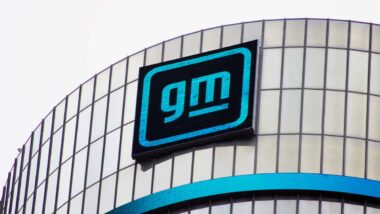Top Class Actions’s website and social media posts use affiliate links. If you make a purchase using such links, we may receive a commission, but it will not result in any additional charges to you. Please review our Affiliate Link Disclosure for more information.
Price-Fixing Overview
Price-fixing is illegal under federal anti-trust laws going back more than a century, but some industries continue the practice. It can take a number of forms, but however it is practiced, it harms consumers – and taken to its extreme, can threaten the freedoms we collectively enjoy.
What is price fixing? According to the Federal Trade Commission, price fixing refers to rigging of the market and is the result of secret negotiations among the parties perpetrating the scheme.
It can be challenging for investigators to discover, beyond a reasonable doubt, that price fixing has occurred. More often, the existence of a price-fixing scheme is deduced from circumstantial evidence, such as identical price moves on a product or similar contract terms that cannot be explained by outside market forces. Here are some terms to be familiar with:
What is Price-Fixing?
There are several different ways that companies can engage in price fixing; general, horizontal, vertical, and monopoly.
General Price-Fixing
Price-fixing is an agreement between two or more competing parties participating in a particular market, whereby they collectively raise, lower or maintain prices in proverbial lockstep. This harms consumers for whom the price of a product or service is of major concern. Such agreements can be written, but because of their illegal nature, are more often verbal.
Price fixing can also be a type of “gentleman’s agreement.” An example would be two rival convenience stores engaged in a price war in which one competitor makes a public announcement that they will end it if their rival will under terms that are so specific that it could be considered an agreement to fix prices.
Horizontal Price-Fixing
A “horizontal” scheme to fix prices is one that exists between competitors in a specific industry or involved in a specific service or product. An example of this was the subject of a recent lawsuit investigation involving the producers of caustic soda, a basic component or ingredient of many common household products. Producers stand accused of deliberately cutting back or stopping production in order to create an artificial shortage of caustic soda, also known as lye, thus driving up prices.
Vertical Price-Fixing
Vertical price-fixing schemes consists of collusion among different companies that are part of a supply chain, or are the result of coercion on the part of a supplier upon a retailer. For example, in 2014, the federal government charged Tokyo-based rubber products company Bridgestone with participating in a vertical price fixing scheme with 26 other companies involved in the manufacture of over 150 different auto parts. The year before, Apple was found guilty of conspiring with 26 publishers to fix the price of e-books.
Monopoly
A monopoly is not a price-fixing scheme, though it can be the result of one. The law differentiates between an “innocent” monopoly in which one company in an industry legally buys out all of its competition, and a “coerced” monopoly, in which one industry player dominates a market through conspiracies and other illegal behavior.
Sherman Anti-Trust Act
Regulation of market competition and penalties for violations of the law are outlined in the Sherman Anti-Trust Act of 1890. Under this law, anti-competitive agreements and the formation of monopolies are illegal. This legislation also authorizes the Department of Justice to file lawsuits in order to stop such behavior, and gives individuals the right to sue violators for up to three times the amount of actual damages.















